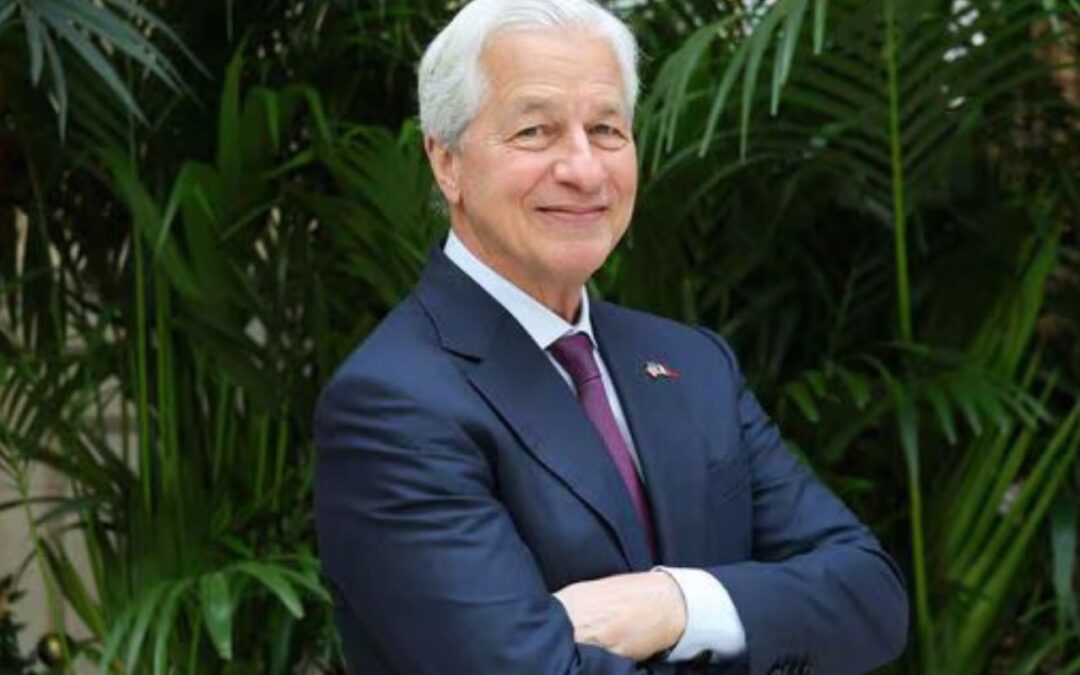Synopsis- JPMorgan Chase CEO Jamie Dimon, long a crypto critic, stunned markets Tuesday. Speaking on the bank’s Q2 2025 earnings call, Dimon declared stablecoins “real.” Following this, he announced JPMorgan will significantly boost its stablecoin involvement. This marks a major strategic shift for the Wall Street titan.
Dimon admitted lingering skepticism about stablecoins’ everyday utility. “I don’t know why you’d want a stablecoin as opposed to just payment,” he stated bluntly. However, the competitive landscape demands action. Therefore, the bank commits to understanding and mastering the technology. “We’re going to be involved in both JPMorgan Depositcoin and stablecoins,” Dimon confirmed.
Fintech Rivals
Dimon specifically highlighted the threat from agile financial technology firms. “These guys are very smart,” he acknowledged during the call. He noted fintechs actively explore stablecoins and blockchain tools. Their goal? Creating bank-like accounts and payment systems. Also, they aim to disrupt lucrative rewards programs.
“We have to be cognizant of that,” Dimon asserted. “Way to be cognizant is to be involved.” Startups like Dakota illustrate this pressure vividly. Reportedly, Dakota uses stablecoins for cheaper cross-border payments. Moreover, it recently secured $12.5 million in funding. This capital fuels expansion into over 100 countries.
Regulation and Efficiency
Stablecoins are gaining more and more real-world traction. They offer a cheaper, faster cross-border payment solution. This proves especially valuable in emerging markets. Furthermore, impending U.S. regulation provides crucial clarity. The Senate already passed the key GENIUS Act.
Stablecoins peg their value to assets like the US dollar. As a result, they avoid the wild volatility of Bitcoin. Their use within traditional finance grows rapidly. JPMorgan itself moves nearly $10 trillion daily. Thus, even small efficiency gains matter enormously.
JPMorgan Blockchain Foundation
Despite Dimon’s crypto skepticism, JPMorgan isn’t starting from scratch. The bank pioneered enterprise blockchain use. Its private network, Kinaxis (formerly Onyx), is a proven platform. Currently, it settles $2 billion daily using JPM Coin. This showcases institutional blockchain viability.
Just last month, JPMorgan tested a deposit token, JPMD. This trial occurred on the Base network. Base is an Ethereum layer-2 built by Coinbase. Unlike public stablecoins, JPMD serves institutional clients only. Essentially, it facilitates faster settlements internally.
What Comes Next for Banking and Stablecoins?
Dimon remained coy about potential industry collaboration. Asked about joint bank stablecoin projects, he offered intrigue. “That’s a great question,” Dimon replied. “You can assume we’re thinking about all that.” Rumours suggest major banks explore a shared venture. This could mirror the Zelle network’s creation.
JPMorgan’s move signals broader banking sector interest. Citigroup executives, for instance, also mentioned stablecoin exploration. Similarly, Bank of America’s CEO confirmed their focus. Regulatory progress makes these ventures feasible now. Ultimately, banks seek to control the disruption.
Jamie Dimon’s acknowledgement is pivotal. He called stablecoins “real” despite personal doubts. Competitive pressure and regulation drive JPMorgan’s strategic dive. The bank leverages its Kinaxis experience and JPM Coin. Now, it actively explores stablecoins’ expanding role. This shift could reshape global finance profoundly.
Written By Fazal Ul Vahab C H






